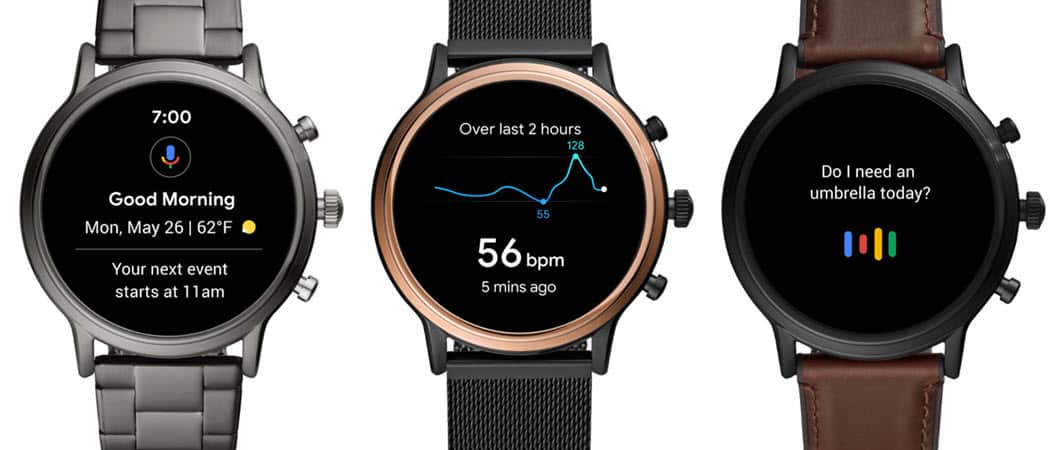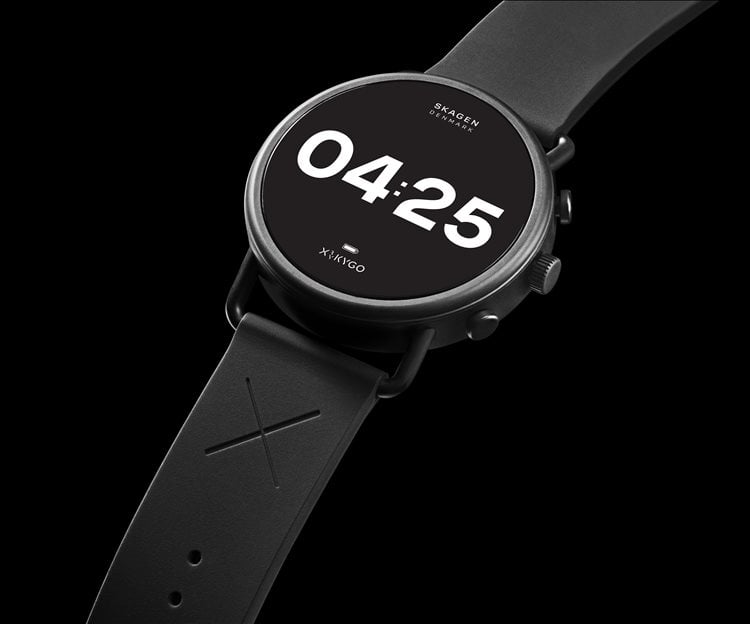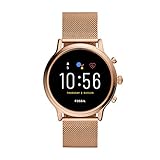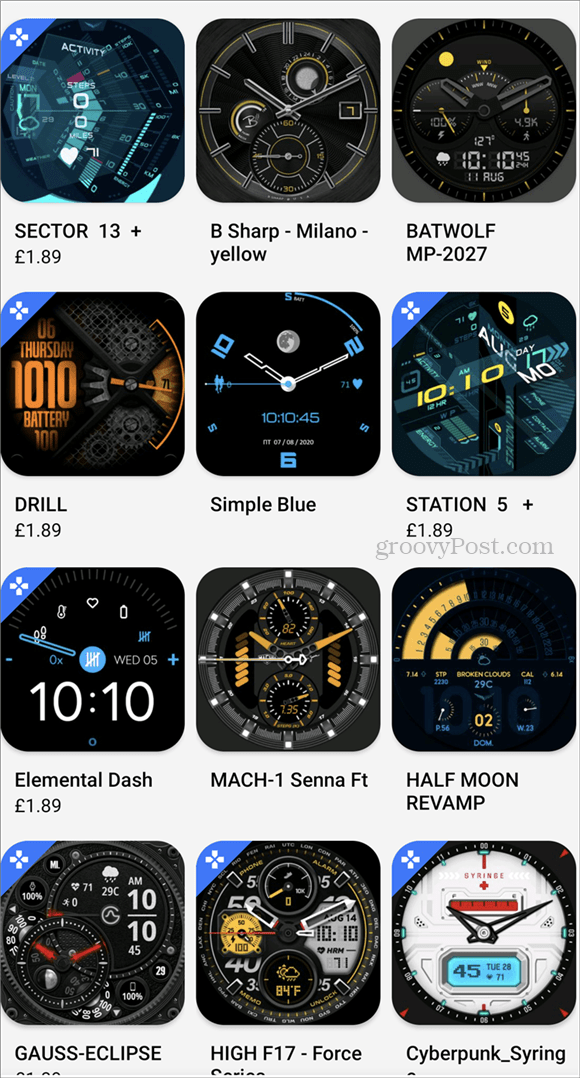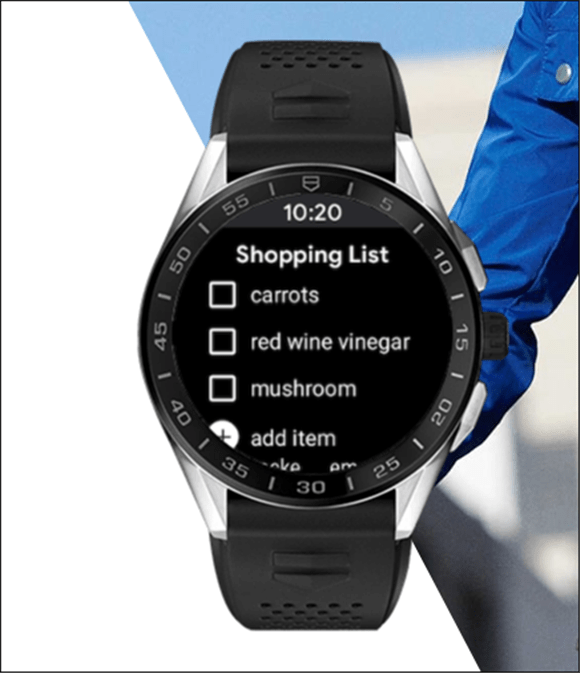Wear OS has seemed to stop being one of Google’s concerns at one point. However, with the search engine giant’s purchase of Fitbit, it’s easy to see that wearable devices are very much on Google’s radar. Aside from that, there a lot of manufacturers that keep on using it on their smartwatches, coupled with their custom improvements. With that said, onto the reasons mentioned why a Wear OS smartwatch might need to be on your shopping list.
Different Designs and Shapes
I’m not saying that the design of the Apple Watch isn’t very nice or that Samsung doesn’t make some great-looking smartwatches. However, if you don’t like the way those look, Wear OS gives you a lot more options. As it is Android for wearables, WearOS is used by quite a few manufacturers. You can get a stylish-looking device, like the limited-edition Skagen Falster 3X by Kygo in the image below.
Or, if you want a more substantial, sport-aimed model, you could go for a Ticwatch Pro. Not to mention the number of interesting models that watch giant Fossil has on the market. Each one of these (and the many others not mentioned here) offer a different style, so it’s almost impossible not to find the one that fits your personality.
A Million Faces
Wear OS is very popular with watch face developers so, if you want to have a completely different one every day, you can easily do that. You will basically have a different device every day. Communities like Facer offer designs for all tastes and what’s even better is that a lot of them are free. Of course, you’ll need to watch the occasional ad, but that’s a small price to pay. Facer also has various paid options, giving you access to premium content. Whether you want to go for abstract, minimalist, classic, aviator, or whatever else, you should be covered.
Facer is just an example, as there are other great communities out there, all offering great content.
Multiplatform support
Wear OS does belong to Google and is essentially Android underneath. So it would only make sense for it to work best with Android smartwatches (which is very true). In spite of that, you won’t have to ditch your Wear OS smartwatch if you decide to buy an iPhone one day, or if you already own one. There is a Wear OS app for iOS and your smartwatch will work fine with it, whether you want to use its fitness tracking features (via Google Fit, though), media controls, and many other things.
Apps for Everyone
If you’re a fan of Google’s ecosystem, almost everything you’re used to will have a Wear OS correspondent. Google Fit has a smartwatch version, allowing you to track things like your steps, sports you’re practicing, or your heart rate. Depending on how sporty you are, you might want to opt for some other fitness tracking apps, like Strava or Runtastic.
Google Maps is also available, so you can navigate wherever you need to without taking out your phone. Spotify has an app that allows offline playing of your favorite tracks – ideal for that run in the woods, where you don’t get a proper data signal. Even Google Keep has one, allowing you to easily manage that shopping list, straight on your wrist.
Easy Payments via Google Pay
Google Pay is one of the easiest ways to make contactless payments with your device. Wear OS smartwatches are not excluded, so you’ll have a handy payment device on your wrist. While Apple Pay is limited to Apple’s own devices, Wear OS will allow you to use Google Pay to make contactless payments with your smartwatch. And it won’t stop you from doing that, even if you’re using your smartwatch together with an iPhone. Provided that your specific smartwatch model supports payments and the service is available in your country, you’re all set. All in all, Wear OS is not a perfect platform but it’s a very versatile one and its pros far outweigh its cons. Hopefully, Google will start updating it more often in the future, as there is no shortage of manufacturers creating great hardware running it.
![]()
